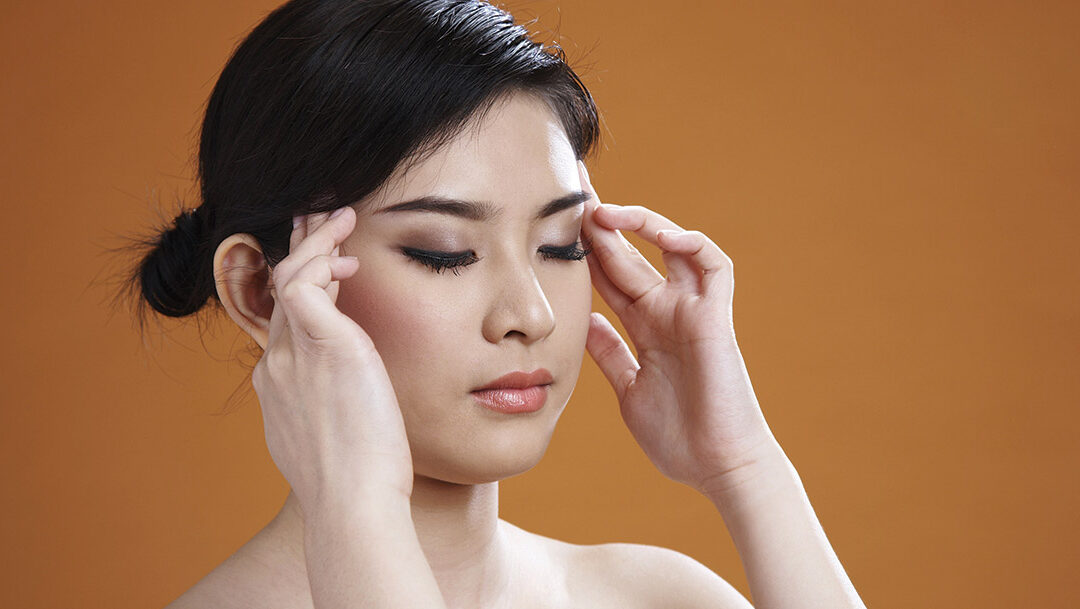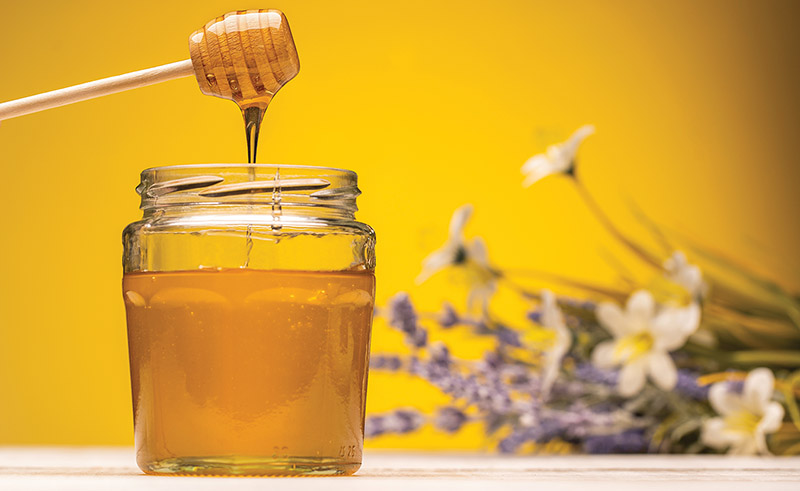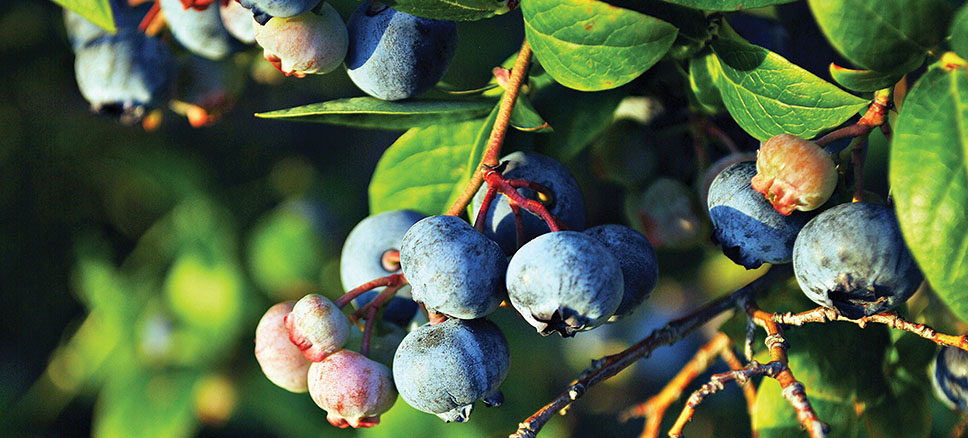
Acupressure for Self-Care
Acupressure is an effective self-care technique to help us relax and de-stress, whether at the office, at home, or in a tense work meeting. It is convenient, inexpensive, and easy to do. It is also safe to practice on infants and children. Knowing which acu-points to stimulate can help you treat a variety of conditions including headache, indigestion, muscle tension, or anxiety.
This technique became popular in China as a natural extension of acupuncture, using pressure from the fingers, as an alternative to inserting needles into the skin. It is a good option for those who are needle phobic. There are over 2,000 acu-points on the body that are located at nerve endings. Stimulating these points allows different parts of the body to communicate, triggering the release of opioids, which are naturally occurring chemicals in the brain that have an analgesic, or pain-relieving, effect. The release of opioids, such as endorphins, help to decrease feelings of pain and increase feelings of euphoria
A recent study at the University of Michigan looked at 67 people with chronic lower back pain and divided them into groups: those using acupressure, and those sticking to their prescribed treatment method from their primary care doctor. The acupressure group applied the technique to certain body parts for 30 minutes a day, for 6 weeks. The study concluded that the acupressure group found significant improvement in both pain and fatigue, without the use of pain medications, or their side effects. This study was particularly important because it confirms the effectiveness of more natural pain management solutions.
What are the Benefits of Acupressure?
• Acupressure acts to massage and stretch the muscles, while increasing blood flow to the tissues.
• It stimulates the body’s natural ability to suppress pain without the over-dependency on painkillers, which is important during our current opiate crisis.
• Studies have found acupuncture points at sites of high-density neuro-vascular structures. When we stimulate those areas, we are promoting secretion of naturally occurring neurotransmitters, like endorphins, which help
minimize pain.
• It is calming for the nervous system, while reducing stress and anxiety.
• It is convenient to do anytime at the office or at home.
• It is free.
• It can be done on children and infants.
Acupressure Technique
• Use deep, firm pressure to massage and stimulate each point.
• When massaging acu-points, try to relax in a comfortable position, close your eyes, and breathe deeply.
• Stimulate each point anywhere from 1 to 5 minutes.
• Repeat the massage as often as you like; there is no limit to the number of times a day.
• Besides massaging these points with your fingers, you can use various tools to help you along, such as an electric massage tool, a tennis ball, or a golf ball.
Try some of these common acupressure protocols on yourself or your loved ones if these uncomfortable symptoms should arise!
Acupressure Points for Headache Relief
• Large Intestine 4 is used to treat diseases of the head and face and is the primary point for headaches, tooth, or jaw pain. It is located on the back of the hand, between the thumb and pointer finger. Do not use this point during pregnancy.
• Taiyang is often used to treat headaches, eye pain, or eye swelling. It is located in the region of the temples, at the outer edge of the eyebrows.
Acupressure Points for Stress Reduction
• Yintang is used to calm the spirit, relax the mind, help with insomnia, and reduce nervousness. It is located between the eyebrows.
• Governing Vessel 20 can be used to clear the mind, calm overthinking, and improve memory. It is found at the top of the head, in line with the tops of the ears.
Acupressure Points for Nausea and Indigestion
• Pericardium 6 is commonly used to help relieve nausea, upset stomach, and motion sickness. It is safe to use during pregnancy and can help relieve morning sickness. It is located three finger breadths below the wrist crease, on the inner forearm, in between the two tendons.
• Stomach 36 is commonly used for gastrointestinal discomfort, nausea, and vomiting. It is located four finger breadths down from the bottom of your knee cap, along the outer boundary of your shin bone.
Menstrual Cramping Relief
• Spleen 6 is used for urological issues, pelvic disorders, and menstrual cramps. It is located on the inside of your leg, 4 fingerbreadths above your ankle. Do not use this point during pregnancy.
• Liver 3 is a powerful point for menstrual cramps, but it is also effective for stress reduction, low back pain, high blood pressure, insomnia, and anxiety.
Natasha Kubis is a licensed acupuncturist
and certified yoga teacher.
For more information, visit
acuwellhealth.com





